
The project began but faced the difficulty of installing traffic lights.
How to facilitate smooth operation at the urban civil engineering site
Making a new history for ourselves with an increased awareness and responsibility
This project was to install traffic lights at 100 intersections (including 64 intersections with existing traffic lights), connect them to a traffic control center with optical cables, thereby controlling and facilitating traffic in Phnom Penh Capital City. The Sumitomo Electric Group started onsite investigation in May 2015 prior to a bid scheduled for December in the same year. The investigation members included Masazumi Horie, who eventually became the project leader, and Koichi Marutani, in charge of civil engineering works. They had experienced projects in Thailand and Myanmar, but the content and scale of this project were completely different.
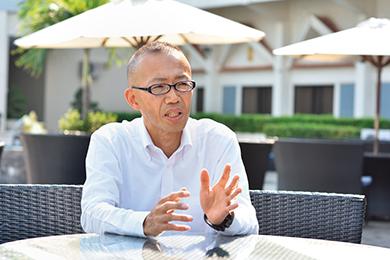
“This project included not only the introduction of a traffic control system but also the civil engineering work of installing traffic lights at 100 intersections. When touring Phnom Penh for the first time, we wondered if about 400 signal posts could be installed smoothly amid traffic congestion,” recollects Masazumi Horie, Manager of Overseas ITS Project, Systems & Electronics Division, Sumitomo Electric.
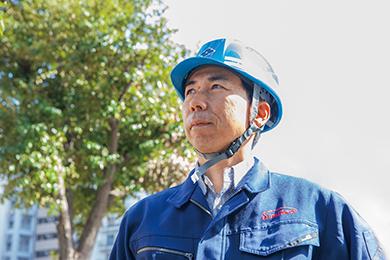
Koichi Marutani, Senior Manager of Business Promotion Department, Road Information Systems Division, Sumitomo Electric System Solutions, Co., Ltd., had the same impression. “The existing infrastructures, including roads, were underdeveloped. In this situation, could we complete the construction? I was particularly surprised to see various kinds of cables running throughout the city in a random manner. Judging by the fact that even public cables were handled that way, we expected to face many hurdles.”
They were anxious about the future course while working with Mitsubishi Corporation on the price and technical proposals to bid for the project. In December 2015, the consortium won the bid and the project went into full-scale operation.
“This project was to make a new history by introducing our products and technology on our own to an overseas capital. We rejoiced at the moment of winning the bid, but we were filled with a sense of responsibility and a feeling of tension in three minutes,” Horie recalls.
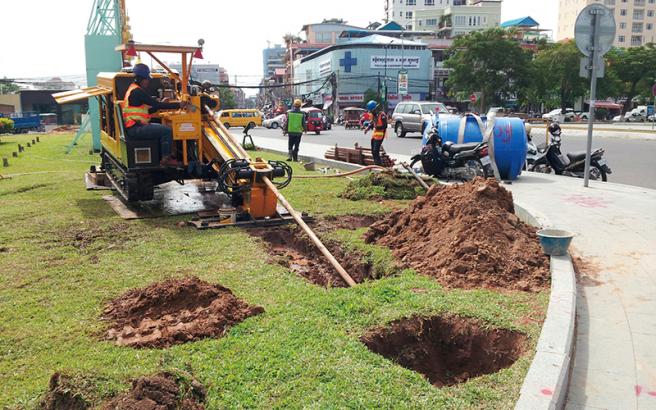
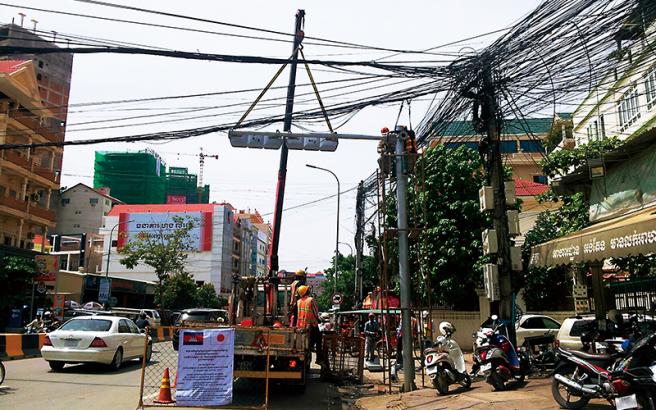
Traffic light installation in the urban city was driven by good communication
In February 2016, the installation of traffic lights at 100 intersections (including the replacement of the existing traffic lights at 64 intersections with new ones) began. The quality and process of traffic light installation were driven by a general contractor that actually carried out the works. Our partner company Mitsubishi Corporation, which has experience in many official development assistance (ODA) projects and is well versed with general contractors in Cambodia, introduced the general contractor in charge of this project, which had experience in ODA projects and working with Japanese people. “Without efforts by this general contractor, this project would not have been completed,” Horie says.
The project started with drilling intersections, burying conduit lines, installing hand holes and laying cables for communication and power supply to traffic controllers. Then it moved into foundation work, the construction of signal posts, the installation of signal lights and the operation of traffic lights. At this phase, the traffic lights were not connected to the control center but went into operation upon request from Phnom Penh Capital City, which wished to unveil the new traffic lights to the citizens as soon as possible.
Even the competent local general contractor faced many difficulties. “All the cables laid at intersections had to be buried in the ground. In response to a request from Phnom Penh Capital City for conducting the works without disturbing traffic, the horizontal drilling method was adopted at most intersections. However, Phnom Penh Capital City revised the design by expanding roads and adding burial plans, so we had to respond to it quickly. At the phase of installing traffic lights, the residents frequently complained about the works being conducted in front of their houses and stores. In addition, we faced another issue with onsite construction workers in terms of their quality of work and low awareness of safe operation,” says Marutani, who managed the entire project works.
Marutani visited the construction sites in Phnom Penh Capital City every day, closely communicating with subcontractor engineers and onsite leaders and workers. By doing so, Marutani gave instructions and checked the progress to proceed with the project. His efforts also worked as a driving force in the early stage of the project.
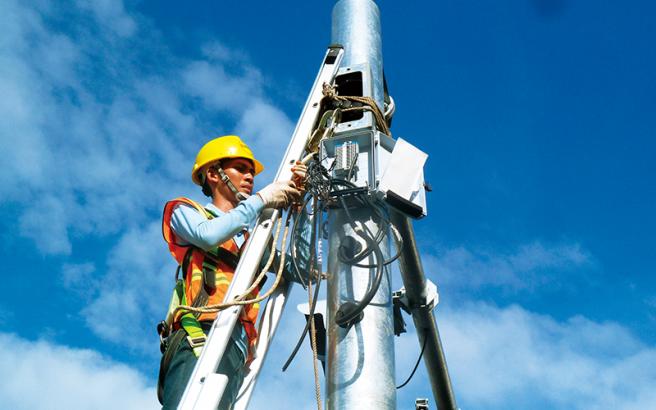
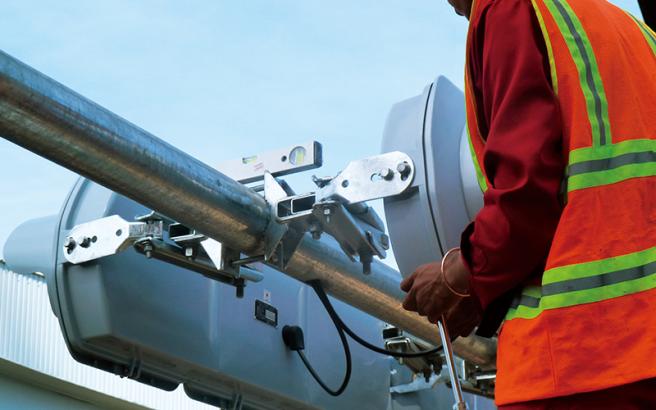
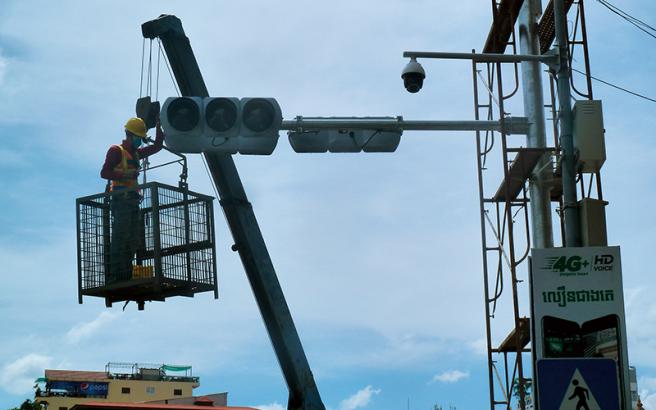

NEXT
Sumitomo Electric Group’s Enthusiasm To Support The Project
–Close cooperation with the project partner Mitsubishi Corporation–
Registration of public notification
If you register your e-mail address, we will notify you when the latest issue is published. If you wish, please register from the registration form.
To delete your registration, please visit here.
